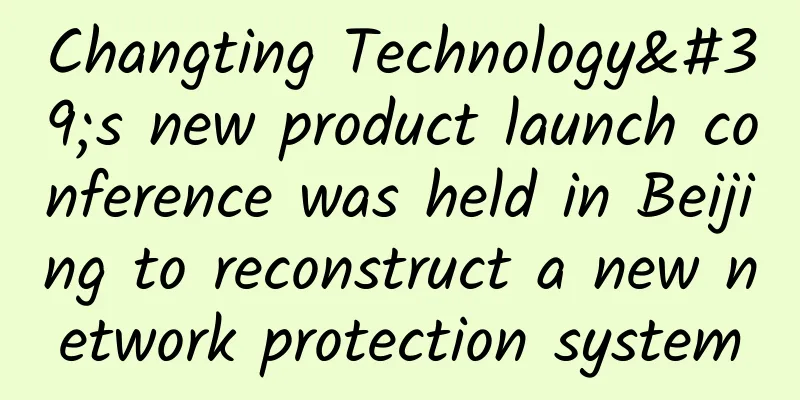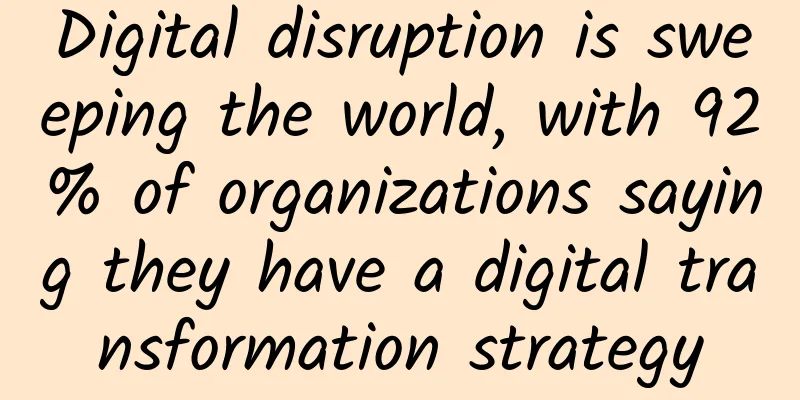Contact centers meet the needs of more connected customers

|
Call centers took center stage when the coronavirus pandemic hit, with call volumes surging more than 800% above normal levels, according to Pindrop. An unprecedented number of customers suddenly needed to defer payments, access government services, cancel travel plans, and check shopping orders, all from home. There’s no doubt that the pandemic has forced customer service organizations to adapt and change at breakneck speed. But the evolution of the customer experience was already underway long before the first lockdown. Over the past 20 years, we have seen traditional voice call centers transform into contact centers that expand engagement through multiple communication channels, including SMS, apps, text, email, social media and the web. Advances in technology have delivered an omnichannel experience that enables customers to easily switch between channels throughout their journey. Then the pandemic hit. Even as anxious customers tried to get critical assistance, contact centers were busier, supporting employees working from home. The weaknesses of contact centers were clearly exposed, with customer demands for faster, more effective service, deeper, more personal connections, and greater flexibility to adapt to unexpected crises and opportunities. Today, contact centers must not only address these weaknesses, they also need to be flexible and scalable while continuously improving the user experience. This requires new capabilities that are shaping the future of customer support.
Bridging the front and back officesIn addition to keeping families, friends, and classrooms connected during the pandemic, video conferencing has become the backbone of maintaining contact center operations throughout the pandemic. However, these online interactions are often isolated, limiting collaboration and sometimes even hindering the user experience. With the shift from face-to-face service and engagement to digital models, businesses now need a more collaborative, seamless approach to customer service that breaks down the silos between front and back office and engagement channels. Doing this requires moving away from the “factory floor” call center to a model that leverages workflow collaboration, using activities and team-based work by default. The Workflow Collaboration model replaces standalone meeting tools and applications with a configurable workspace built on workflows. Customer service teams can communicate across channels, integrating with business workflows and external applications. They can share files, and conversations can be picked up and stopped at any time period. Moments can be tagged and referenced as digital artifacts, so agents can provide more context and personalized experiences. Given all the possibilities unlocked by the workflow collaboration model, it’s no surprise that Gartner predicts that by next year, 70% of teams will rely on workflow collaboration as their primary mode for communicating, coordinating and sharing information. With the addition of artificial intelligence (AI), even more insights can be added to support actionable activities, driving experiences that are not only relevant, but also delightful, satisfying and profoundly helpful to customers. Optimize self-serviceGartner predicts that by 2022, 85% of customer service interactions will start with self-service, up from just 48% today. Why this shift? Over the past year, we’ve all learned that physical channels can disappear overnight. Digital channels are the only ones left, and many customers now prefer to get service on their own. Continuing to improve these interactions means enabling them to get answers to their questions on the device they want, on the channel of their choice—in other words, providing automation with a human touch. Customers prefer self-service for its speed and efficiency, but it also needs to be effective. Through the use of AI bots, voice and facial biometrics, and other emerging technologies, self-service can establish a quick, personal connection for common and repetitive tasks while freeing up agents to address more complex and strategic issues. Rapidly add new featuresAs we move into the next normal, enterprises are challenged to deploy an ever-changing portfolio of applications. From artificial intelligence to speech analytics to intelligent routing and more, new capabilities are emerging to provide effortless self-service, interactive insights, faster response times, and more. It is nearly impossible for enterprises on their own to identify the technologies that can best solve their unique challenges, let alone engage with and integrate each vendor. Many companies are trying to anticipate this paradigm shift by expanding their cloud application ecosystems and customizable features to enable customers to smoothly get what they need. Integrating AI in the enterpriseAI-based customer service is rapidly gaining ground due to its ability to identify customer issues faster than traditional methods. In fact, Gartner predicts that by 2022, 70% of customer interactions will involve emerging technologies such as machine learning, virtual assistants and chatbots. It’s clear that AI-driven applications are here to stay and will continue to push the boundaries of customer experience and drive business outcomes. However, their value can only be realized if they can be effectively infused into the overall experience. Companies must combine this AI technology with true customer experience expertise, grounded in domain-specific data, to realize the promise of the intelligent contact center. Continue to raise the bar on CXLooking ahead, user experience will continue to be key to business success. However, this requires new capabilities, constant innovation, new scale, performance, and flexibility. Contact centers must continue to adapt to the changing times by integrating open cloud platforms, agile solutions to meet customer needs, and constantly focusing on innovation to deliver the highest quality experience. |
<<: SD-WAN first or security first?
>>: Mobile device management in the new era of 5G LAN
Recommend
Six key advantages of optical interconnect technology
We keep hearing about the construction of future-...
5G spectrum competition is "fighting" and deployment is surging
Recently, T-Mobile urged the FCC to complete the ...
SaltyfishTech Germany 9929 package free upgrade, 15% off for quarterly payment, $19/quarter-dual core/1GB/15GB/1.15TB@300Mbps
SaltyfishTech (咸鱼云) recently upgraded the Frankfu...
Qi Chao, Triangle Beast: How to eliminate machines’ misunderstanding of humans
[51CTO.com original article] On July 21-22, 2017,...
More than 560,000 South Korean 5G users return to 4G: dissatisfied with 5G speed and poor signal coverage
Recently, more than 560,000 5G users in South Kor...
Ministry of Industry and Information Technology: Three major areas to promote services suitable for the elderly
[[394583]] News on April 20: At the end of last y...
HostKvm Hong Kong B Zone 40% off, $5.1/month KVM-2G memory/40G hard disk/1Gbps bandwidth
HostKvm is a Hong Kong VPS provider founded in 20...
Multiple new vulnerabilities in 4G networks may cause server crashes (paper attached)
US researchers recently discovered 10 new vulnera...
Amid the epidemic crisis, many countries are planning to break through with 5G
For the global 5G industry, the first quarter of ...
VMISS VPS 30% off monthly payment starting from 18 yuan, Hong Kong CN2/Korea CN2/US CN2/Japan optional
VMISS currently offers a 30% discount coupon for ...
Can 5G RedCap technology help operators regain confidence?
As my country has built the world's largest 5...
Alibaba established the first ecological IoT alliance to open up technical standards
At the IoT Partner Program Conference 2017 (ICA) ...
PebbleHost: $19.99/month-E3-1220v2/8GB/480G SSD/1Gbps unlimited traffic/UK server
PebbleHost is a foreign hosting company founded i...
Based on human-machine intelligence, protecting enterprise-level security! Sangfor launches security hosting service
[51CTO.com original article] In recent years, cyb...
DNS record types
[[400276]] This article is reprinted from the WeC...









